
Sponsors & Participants
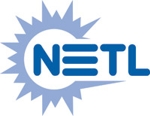 |
 |
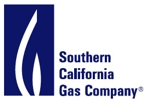 |
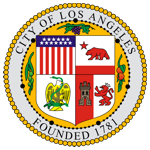 |
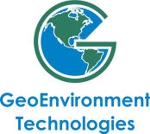 |
|
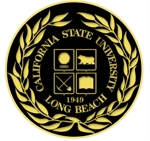 |
 |
|
|
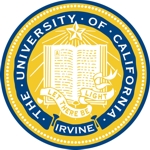 |
SoCalCarb
103 E Lemon Ave,
Suite 210.
Monrovia CA 91016
Phone: +1 626 305 8460
 Home
Home
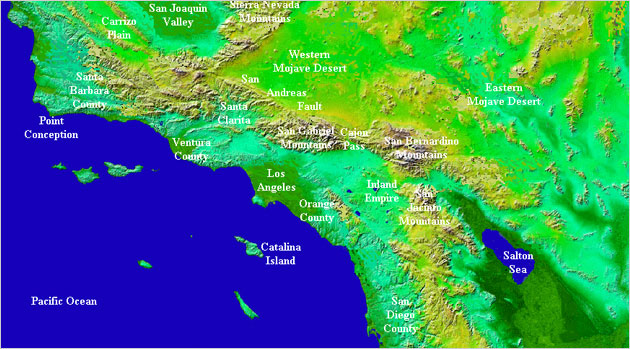
Southern California Map (NASA JPL Shuttle Radar Topography Mission (SRTM))
The Southern California Carbon Sequestration Research Consortium (SoCalCarb) is a collaborative research group bringing together scientists and engineers from more than 10 public agencies, private companies, and universities to identify and validate the best regional opportunities for keeping CO2 out of the atmosphere, thereby reducing our anthropogenic impact on the climate.
Led by Geomechanics Technologies (former Terralog Technologies USA), with funding support by the US Department of Energy and the California Energy Commission, SoCalCarb is pursuing characterization studies for large scale CO2 sequestration both onshore and offshore Southern California.
Within Southern California, SoCalCarb is identifying the major stationary sources of CO2, such as power plants and oil refineries; determining the potential for storing CO2 in geologic formations; and assessing the feasibility of transporting CO2 via pipelines from major CO2 sources to storage sites, which potentially include numerous mature oil fields and deep saline rock formations. SoCalCarb’s objective is to determine the technical and economic feasibility of using these geologic formations for long-term storage, as well as link options for capture, transportation, and geological storage within the environmental and regulatory framework, thus defining sequestration scenarios and potential outcomes for the region.
SoCalCarb benefits from the built infrastructure and natural geologic formations that exist throughout the region. Our unique mix of refineries, power plants, pipelines, gas storage facilities and geology makes Southern California an ideal location for carbon capture and sequestration research and implementation.
The DOE combines SoCalCarb’s findings with those of the other project award recipients and regional sequestration partnerships to create the interactive National Carbon Explorer (NATCARB) to better understand how regional sequestration can help the United States and Canada reduce CO2 emissions and mitigate climate change impacts.
The science and technology employed in these projects may point the way to a future in which carbon emissions from manufacturing operations are commonly stored far below the Earth’s surface, rather than being emitted into the atmosphere.




